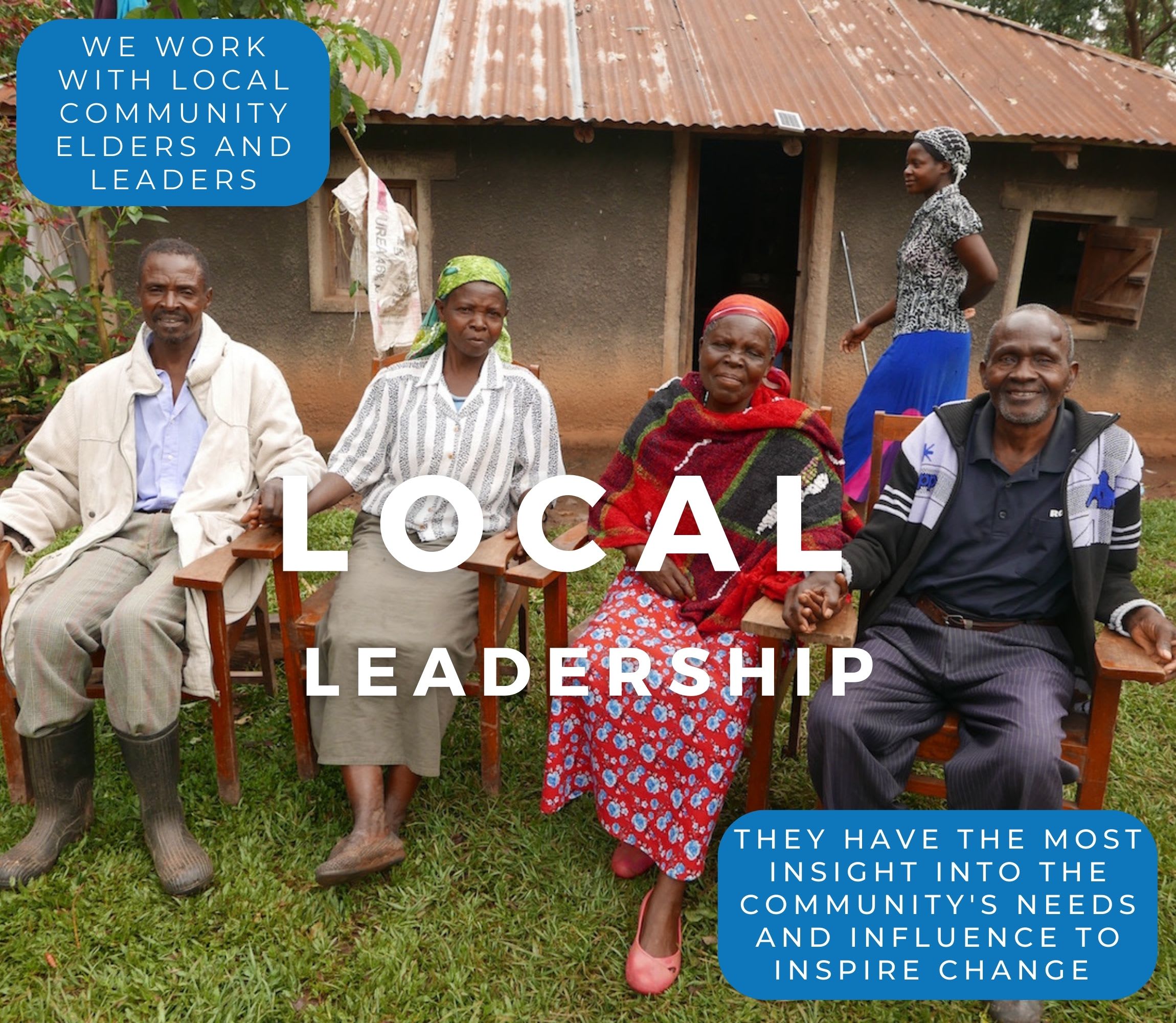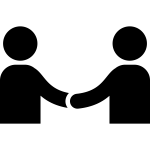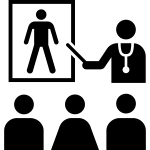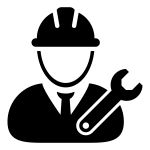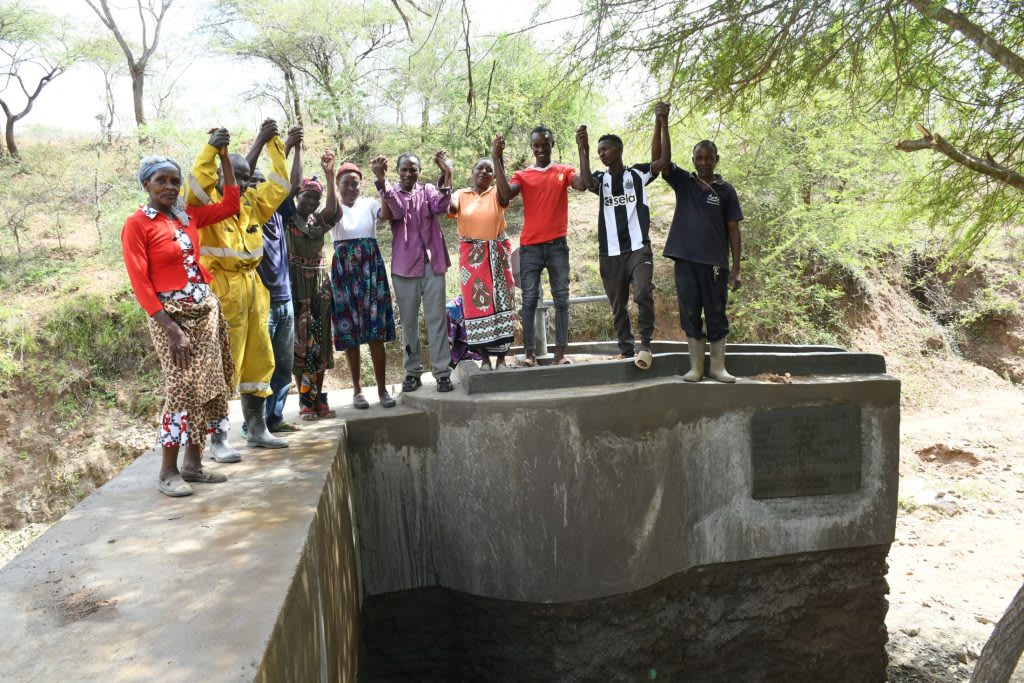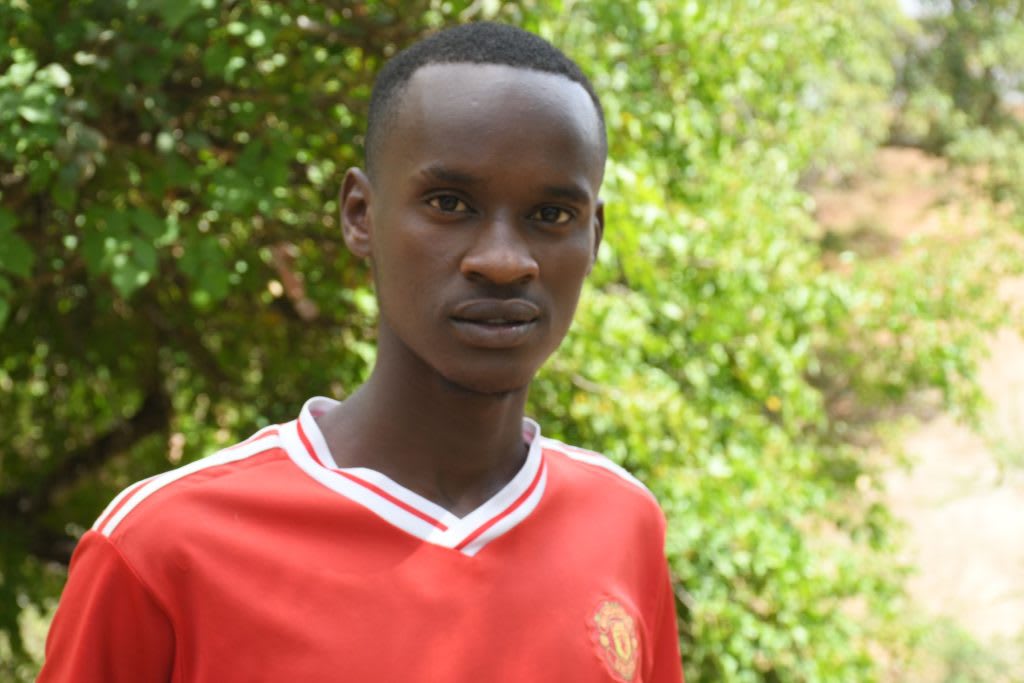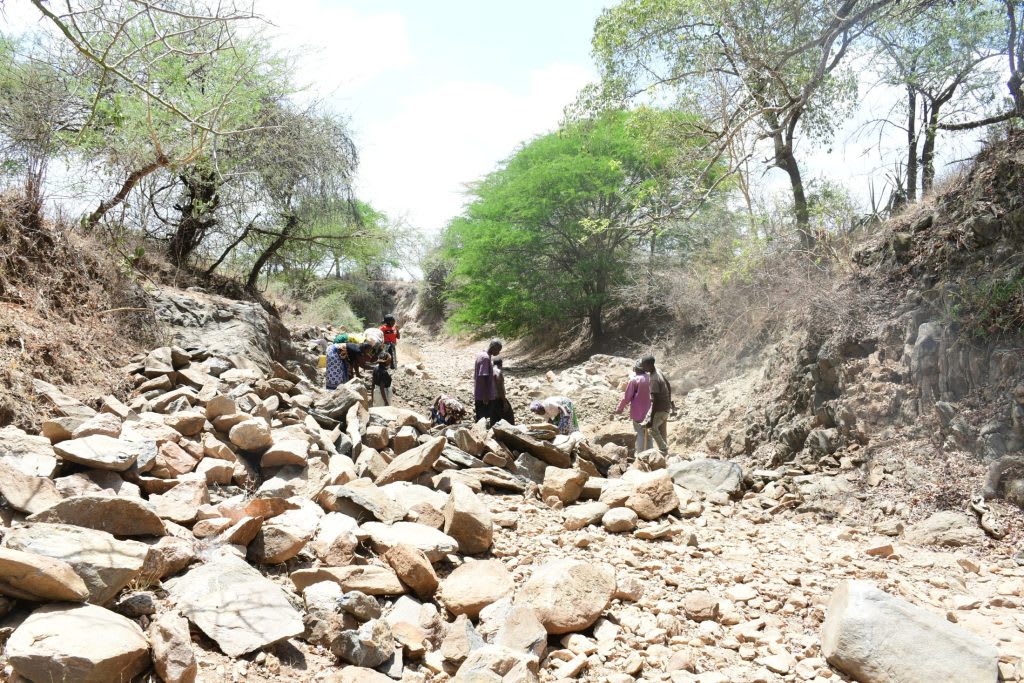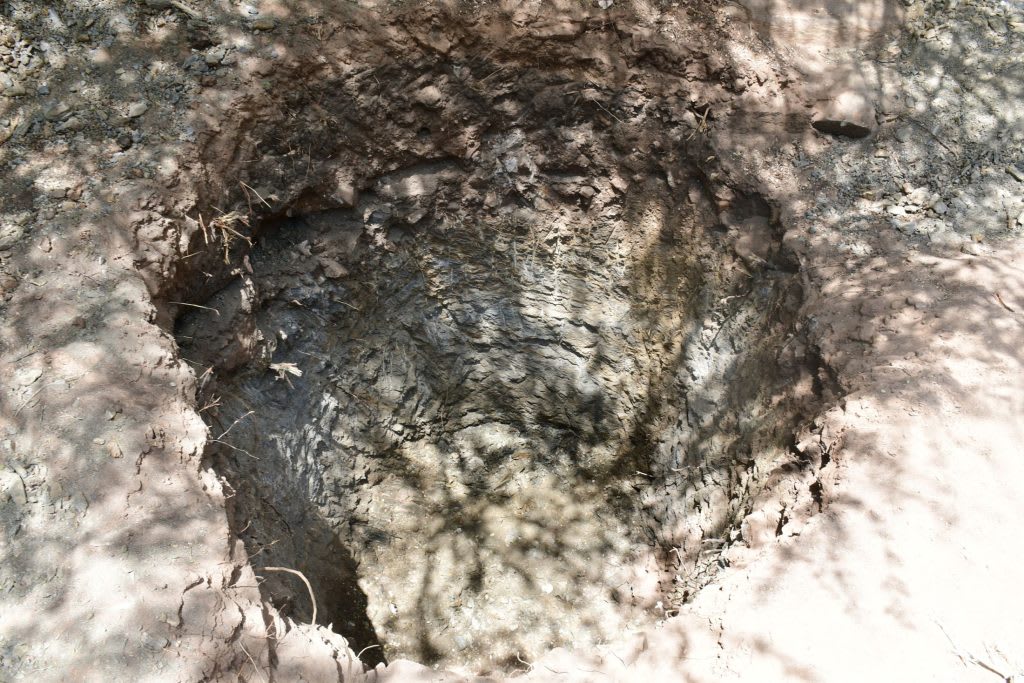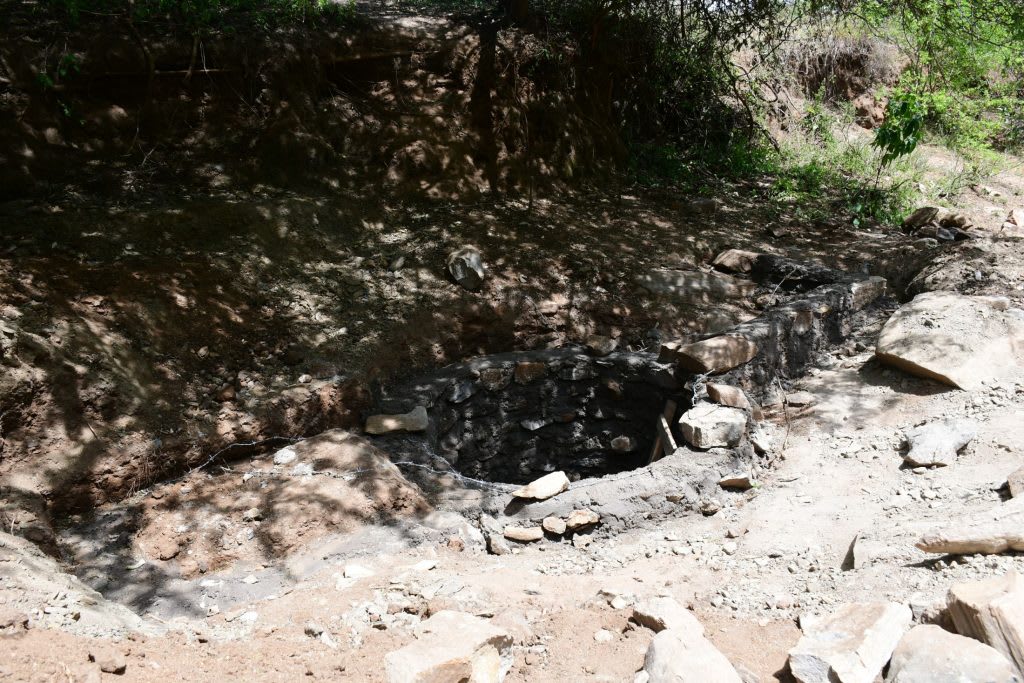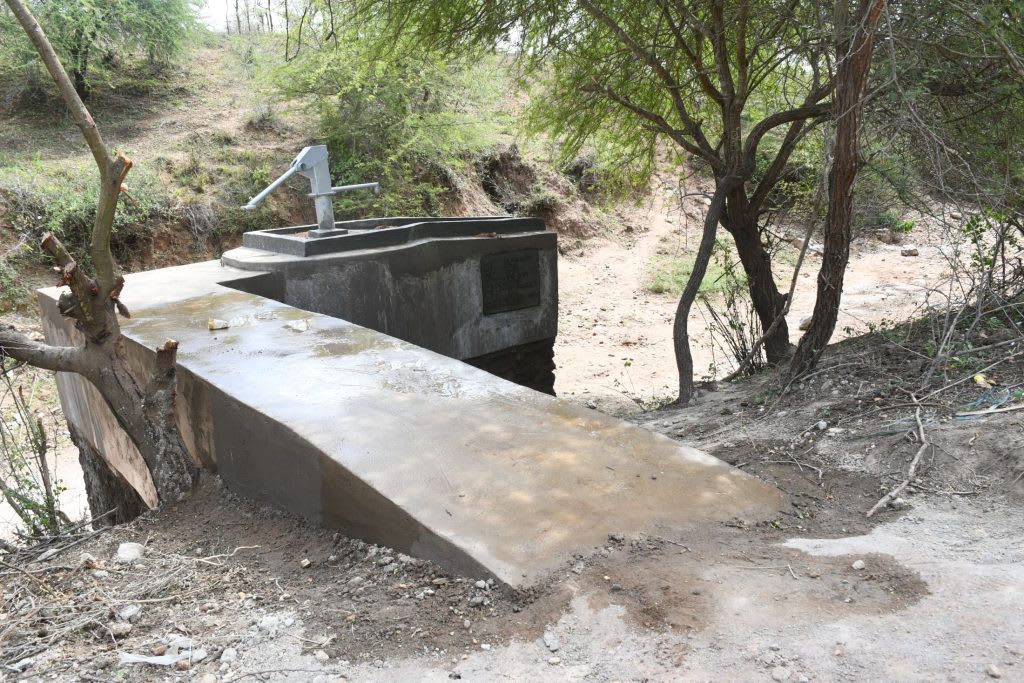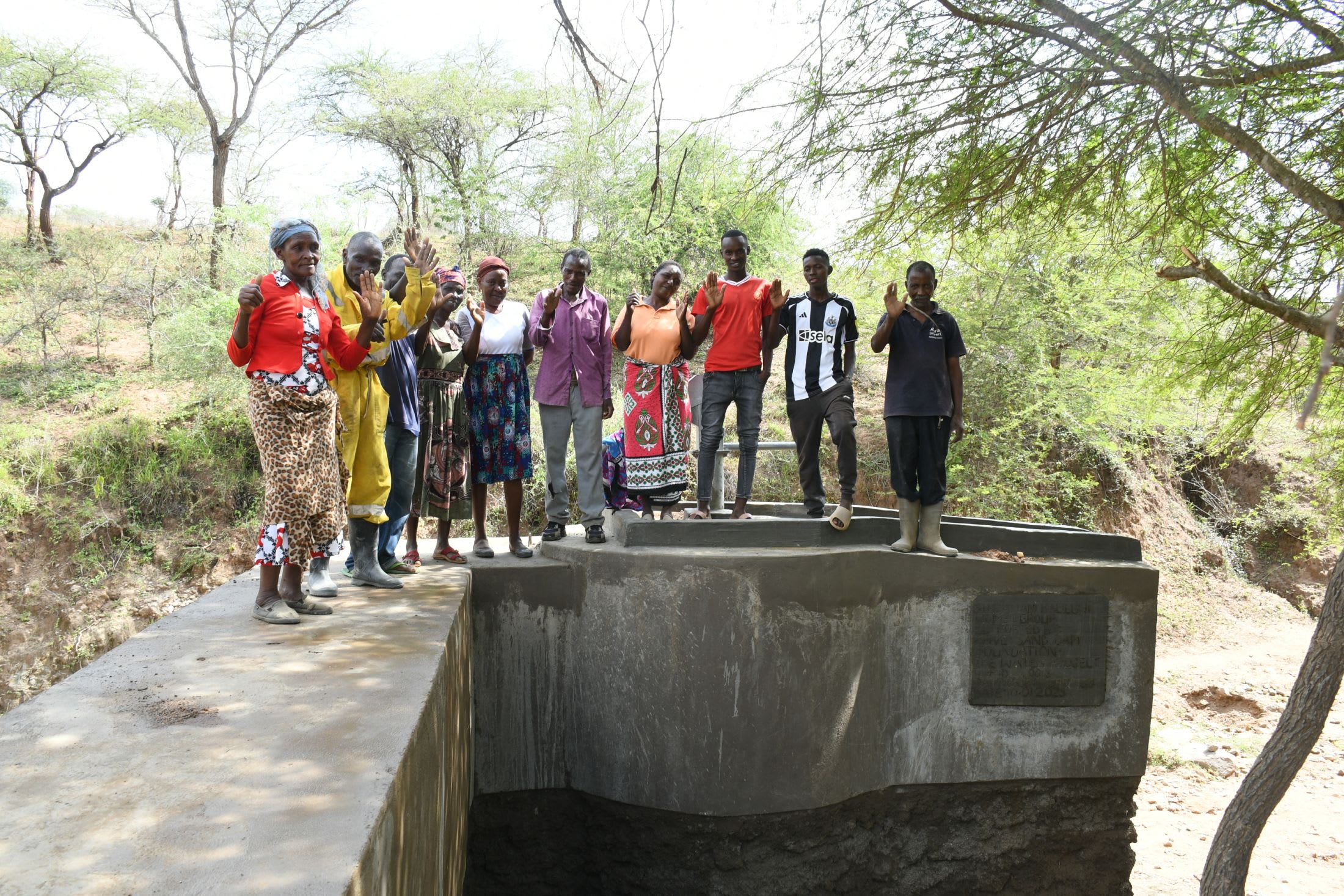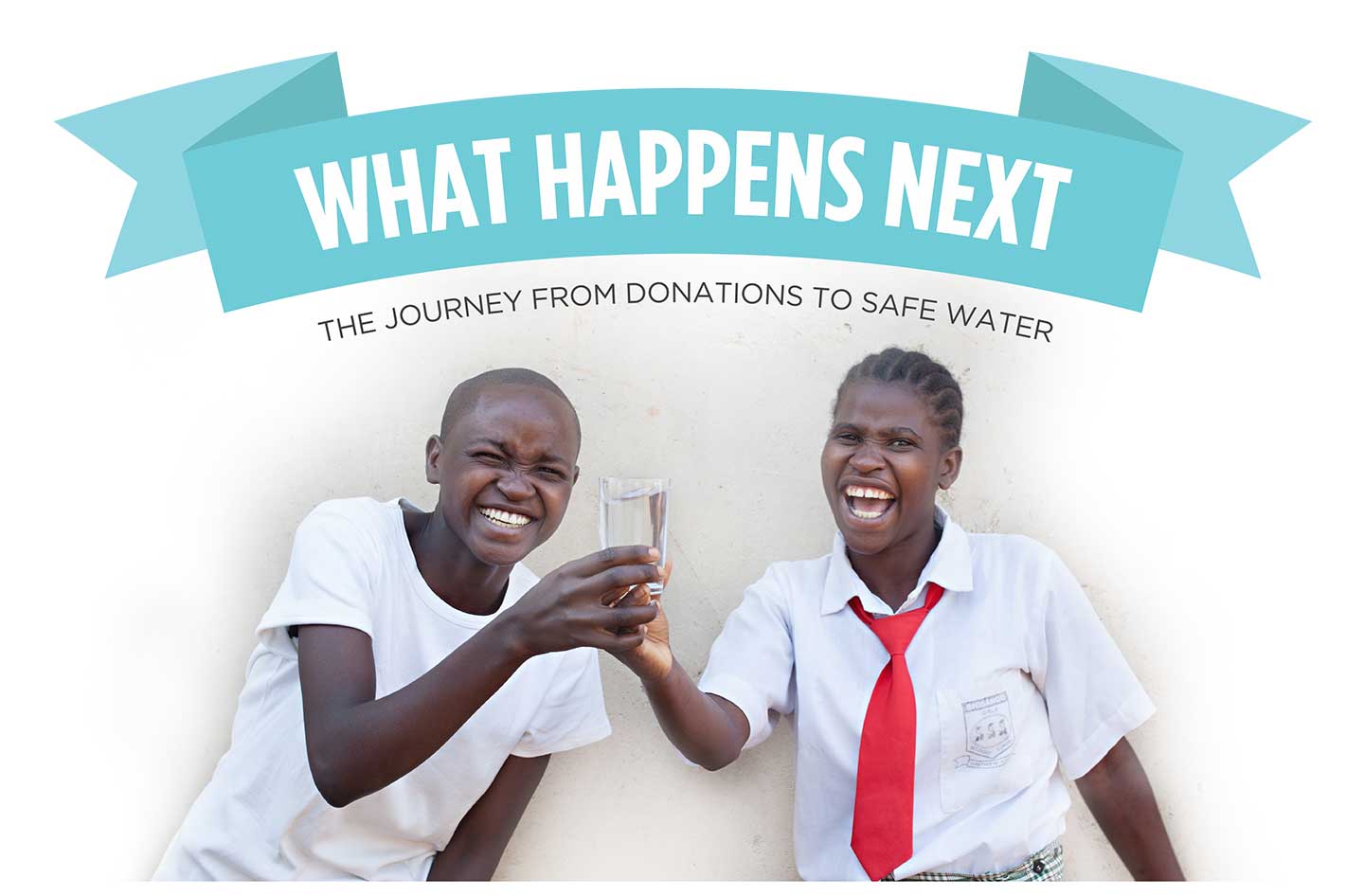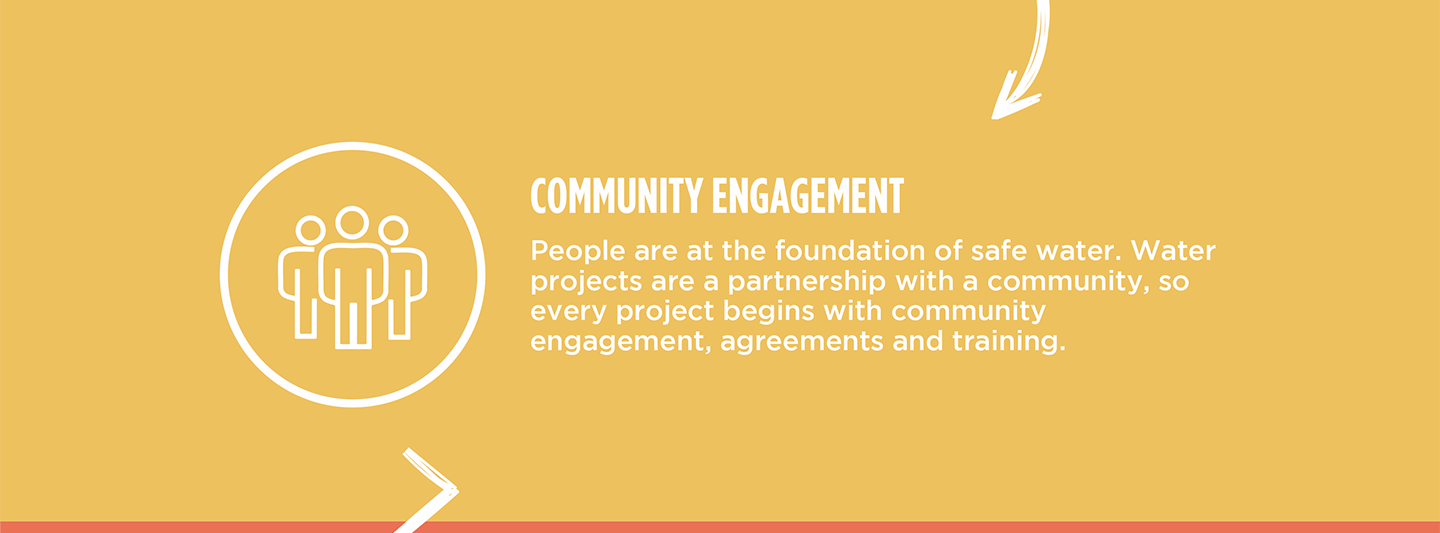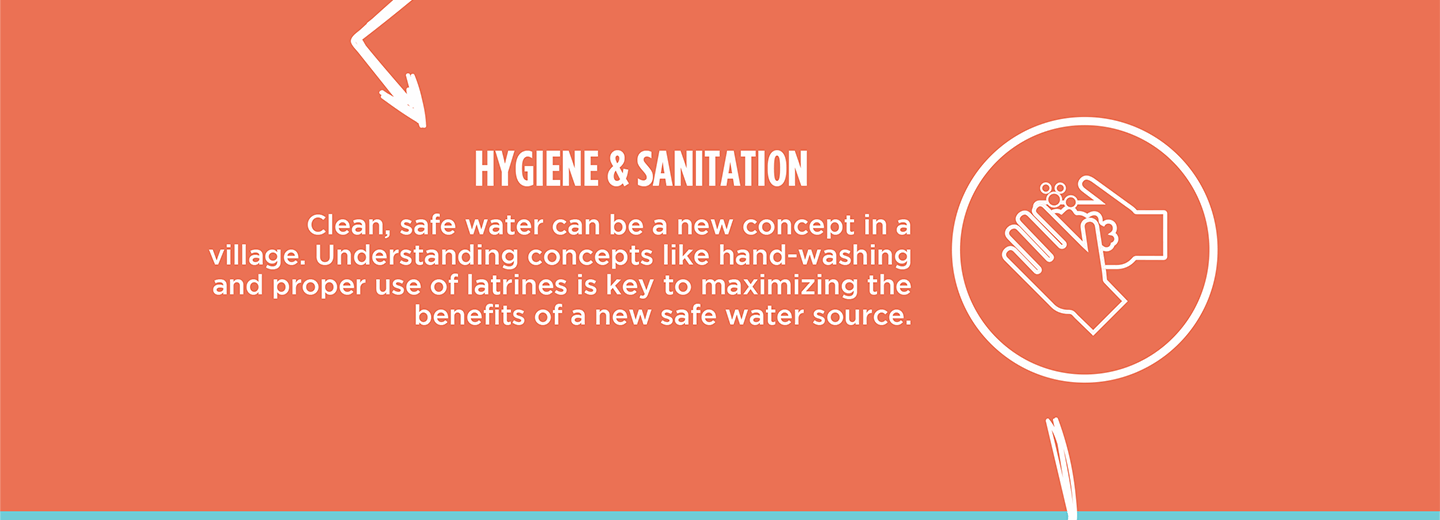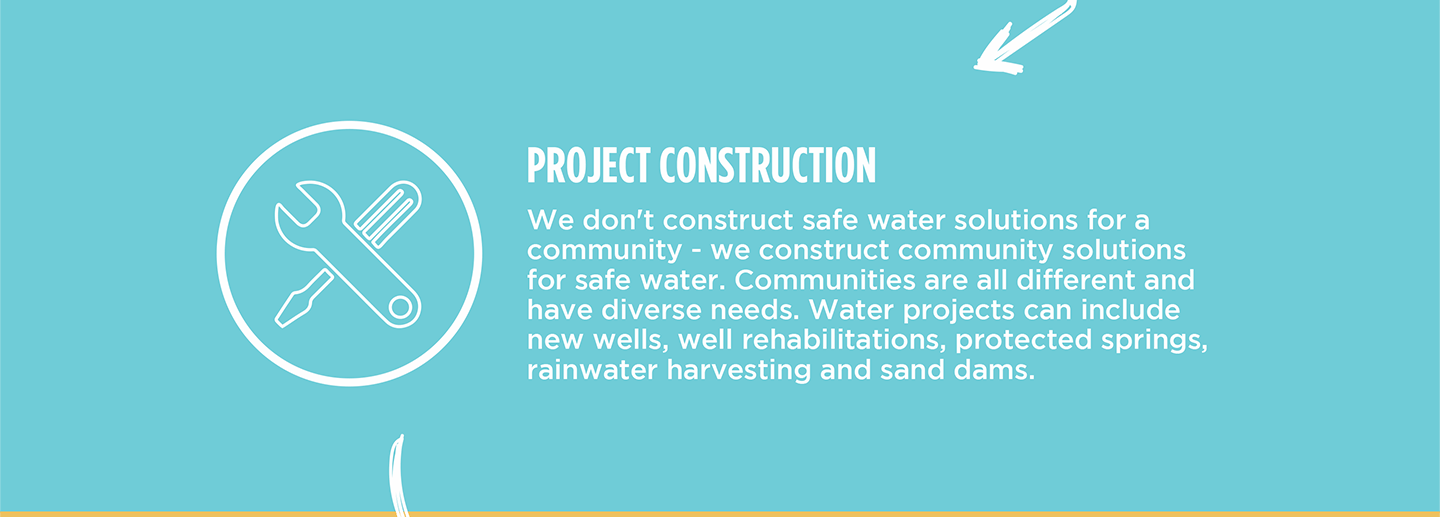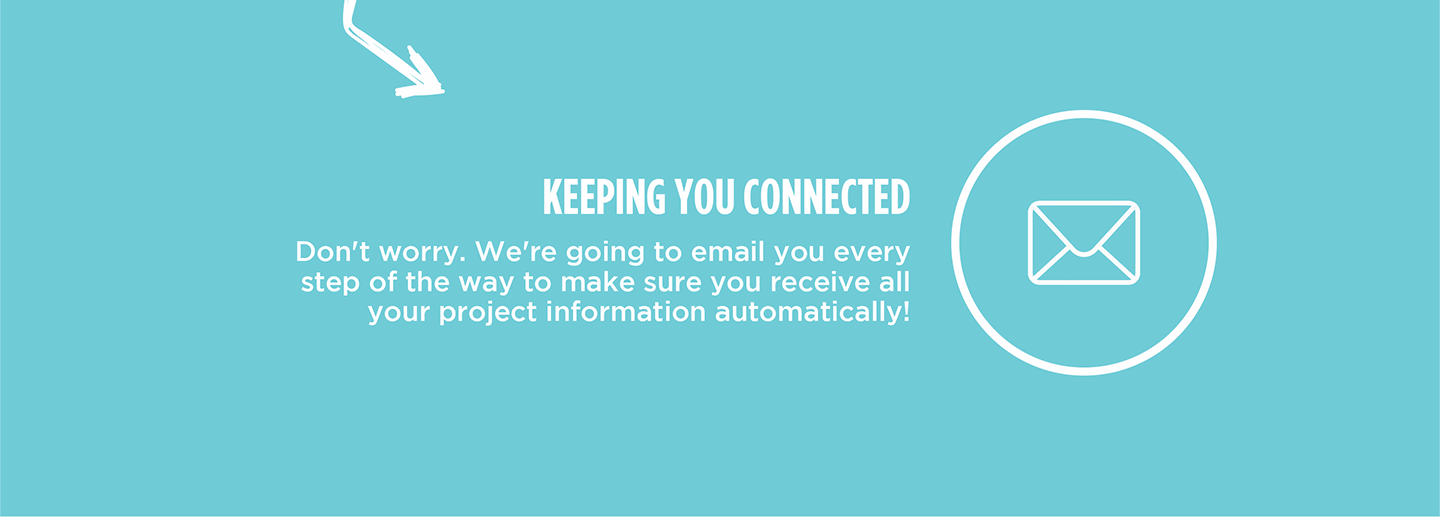The 200 people of Mui Community struggle to access sufficient water. Water scarcity in this region of southeast Kenya means individuals spend most of their time and energy collecting water.
Community members walk long distances to the Ithambwangao earthen dam to find and collect water. After scooping up the water, people must make a return trip with heavy, full water containers, causing everyone to be exhausted, even if they are fortunate enough to own a donkey for assistance and there be little time left for their other priorities.

"It is clear that one cannot practice farming relying on the water from the dam as the distance brings all efforts down. Community members only grow crops relying on rainfall experienced twice a year. Usually, it is not sufficient to grow many crops for commercial, but only domestic use," said field officer Jefferson Mutie when describing some of the community impacts from water scarcity.

"I have to make very huge decisions when it comes to water every day. I choose water over many other chores here at home. Although costly and time-wasting, it can't be ignored because it's life. We can't do without water. Every day, I am busy looking for water. It eats up most of my time," said 38-year-old farmer Patrick Mwengi.
However, collecting the water is not the only issue. The water is dependent on seasonal rains, and because the dam is open to all types of contamination, it is dangerous to drink. Those who risk it often suffer from waterborne diseases, causing needless suffering that steals their health and consumes their resources.

"The fact that I am a child makes me feel less disadvantaged because fetching water largely falls on me, a task that everyone else hates. From school, I have to be on [my] toes and ready to [do] the task of fetching water. The earth dam is very far from us and very dangerous as well. We dip our legs inside the dirty water, and sometimes we get bilharzia disease," said 16-year-old Julius M., shown above collecting water.
The installation of a dug well will enable people in Mui to access plenty of water to meet their daily needs without the worry of becoming ill because of the water they drink.
Helping to solve the water crisis in this community will take a multi-faceted system. It requires the collaboration of the dug well and a sand dam. They will work together to create a sustainable water source that will serve this community for years to come.
The Proposed Solution, Determined Together...
At The Water Project, everyone has a part in conversations and solutions. We operate in transparency, believing it benefits everyone. We expect reliability from one another as well as our water solutions. Everyone involved makes this possible through hard work and dedication.
In a joint discovery process, community members determine their most advantageous water solution alongside our technical experts. Read more specifics about this solution on the What We're Building tab of this project page. Then, community members lend their support by collecting needed construction materials (sometimes for months ahead of time!), providing labor alongside our artisans, sheltering and feeding the builders, and supplying additional resources.
Water Access for Everyone
This water project is one piece in a large puzzle. In Kenya, Sierra Leone, and Uganda, we're working toward complete coverage of reliable, maintained water sources that guarantee public access now and in the future within a 30-minute round trip for each community, household, school, and health center. One day, we hope to report that this has been achieved!
Training on Health, Hygiene & More
With the community's input, we've identified topics where training will increase positive health outcomes at personal, household, and community levels. We'll coordinate with them to find the best training date. Some examples of what we train communities on are:
- Improved hygiene, health, and sanitation habits
- Safe water handling, storage & treatment
- Disease prevention and proper handwashing
- Income-generation
- Community leadership, governance, & election of a water committee
- Operation and maintenance of the water point
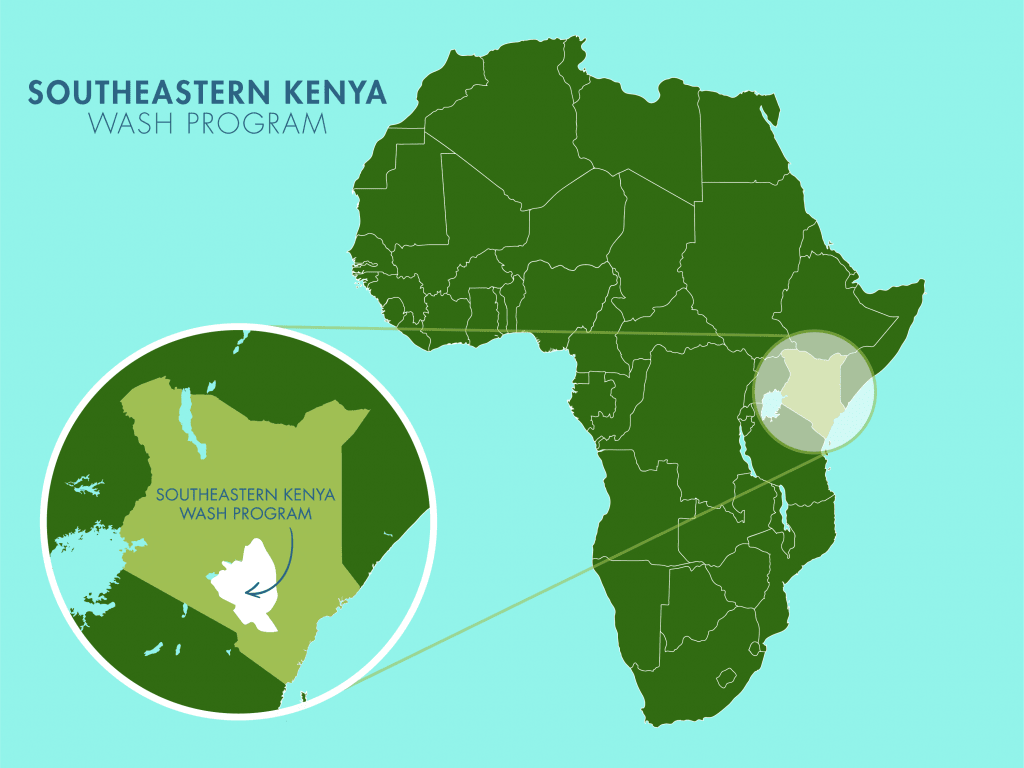
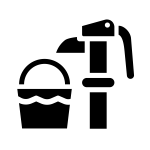 Protected Dug Well
Protected Dug Well
 Rehabilitation Project
Rehabilitation Project

